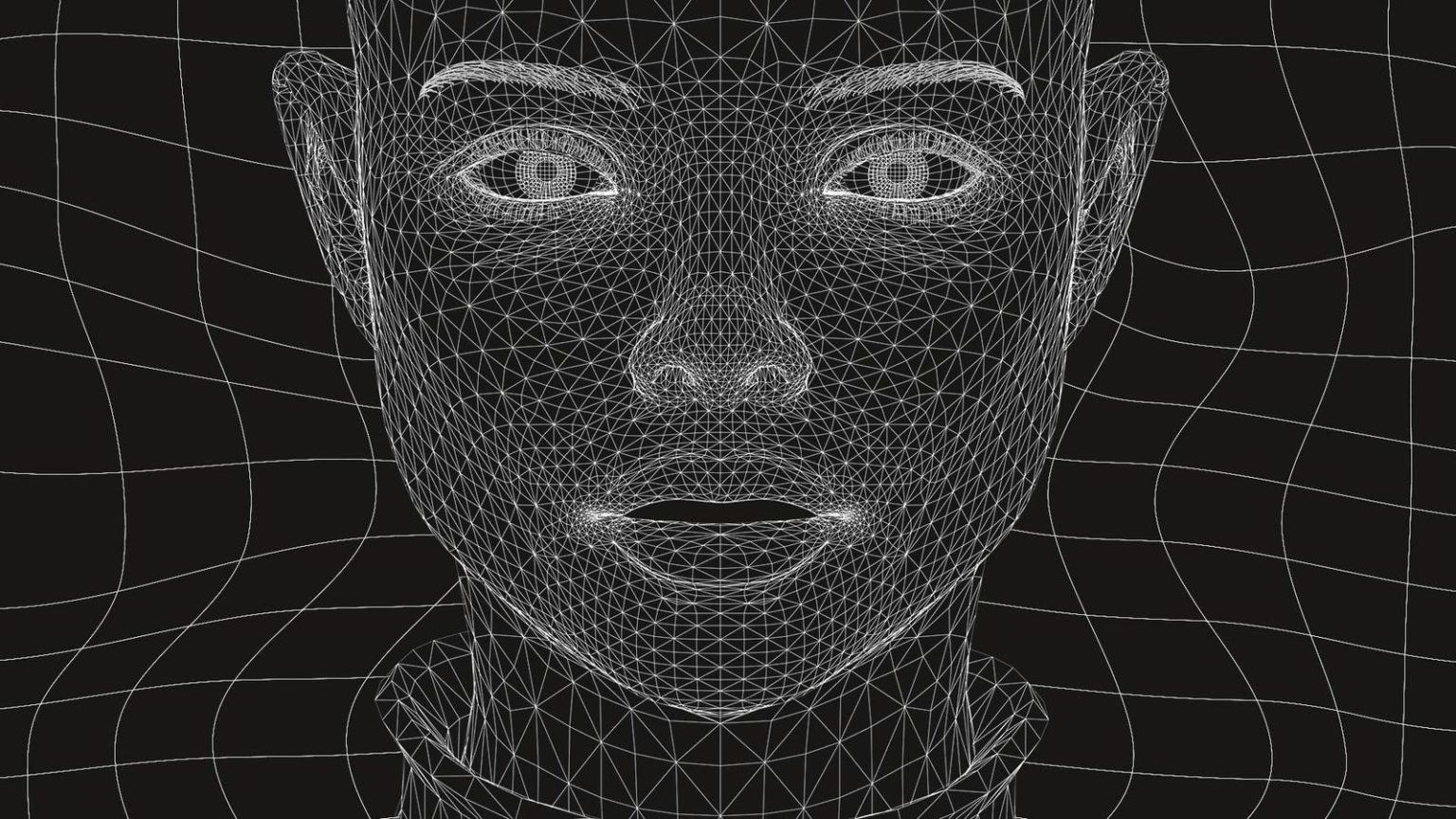Images of AI children on TikTok and Instagram are becoming magnets for individuals with a sexual interest in minors. These AI-generated children, portrayed in suggestive clothing and poses, have attracted troubling comments from older men on these social media platforms. While the creation and sharing of AI content depicting minors is legal, it raises concerns about the potential for predatory behavior and the sexualization of children.
Child predators have long been a concern on social media platforms, but the rise of AI text-to-image generators has made it easier for individuals to find or create inappropriate content involving minors. The images created through AI technology may not be explicit, but they are sexualized and feature underage individuals. Despite being legal, the comments made on these images suggest a dangerous intent, leading to questions about how to address this issue within the tech industry and law enforcement.
Tech companies are required to report suspected child sexual abuse material (CSAM) to the National Center for Missing and Exploited Children (NCMEC), but they are not obligated to remove legal AI-generated content depicting minors. However, NCMEC believes that social media companies should take down such content to prevent the sexualization and exploitation of children. The use of AI tools trained on real images of children raises concerns about the potential harm caused by these fake images.
TikTok and Instagram have taken steps to remove accounts and content that violate their policies regarding AI-generated content involving minors. TikTok’s synthetic media policy prohibits the sharing of AI-generated content depicting individuals under the age of 18, while Instagram’s parent company Meta removes material that sexualizes or exploits children. Both platforms report AI-generated CSAM to NCMEC and take action to protect young users from harmful content.
Accounts that create and share AI-generated images of children attract followers, many of whom are older men. These accounts serve as gateways to potentially illegal content and pose a safety risk to children. These images can lead individuals to network with offenders and share links to more severe content on other platforms. The challenge for social media companies lies in moderating the content in the broader context of how it is shared and consumed, in order to prevent harmful behavior.
The proliferation of AI-generated content involving children on platforms like TikTok raises concerns about desensitization to the dangers of such content. The powerful algorithm of TikTok makes it easier for individuals with a sexual interest in minors to find and consume this type of material. As society grapples with the implications of AI technology and its impact on child safety, questions emerge about the normalization of potentially harmful content and the need for stricter regulations and enforcement measures.


